All you need to know about the schrödinger equation
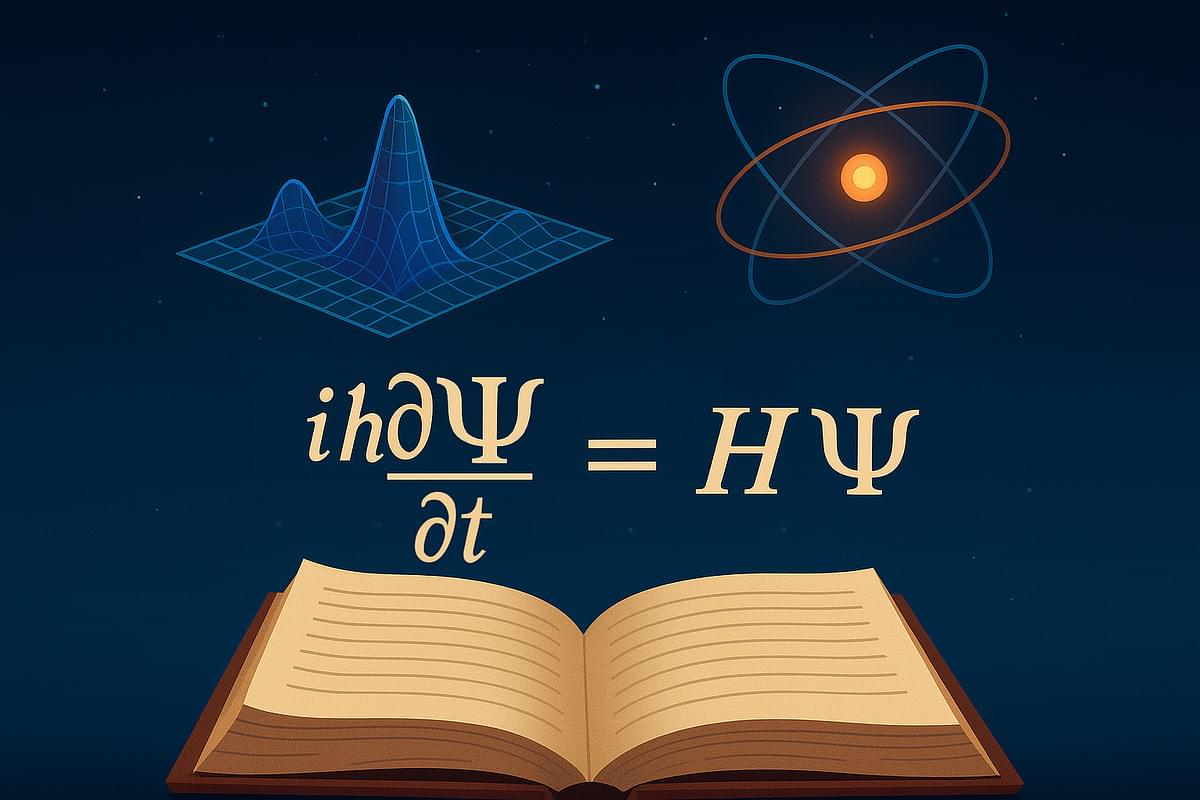


Humanoid robots, robots with a human-like body structure, have so far been primarily tested on manual tasks that entail supporting humans in their daily activities, such as carrying objects, collecting samples in hazardous environments, supporting older adults or acting as physical therapy assistants. In contrast, their potential for completing expressive physical tasks rooted in creative disciplines, such as playing an instrument or participating in performance arts, remains largely unexplored.
Researchers at SUPSI, IDSIA and Politecnico di Milano recently introduced Robot Drummer, a new humanoid robot that can play the drums both accurately and expressively, supported by a reinforcement learning algorithm. This robot, presented in a paper published on the arXiv preprint server, was found to gradually acquire human-like behaviors, including movements that are often performed by drummers.
“The idea for Robot Drummer actually emerged from a spontaneous conversation over coffee with my co-author, Loris Roveda,” Asad Ali Shahid, first author of the paper, told Tech Xplore. “We were discussing how humanoid robots have become increasingly capable at a wide range of tasks, but rarely engage in creative and expressive domains. That raised a fascinating question: what if a humanoid robot could take on a creative role, like performing music? Drumming seemed like a perfect frontier, as it’s rhythmic, physical, and requires rapid coordination across limbs.”
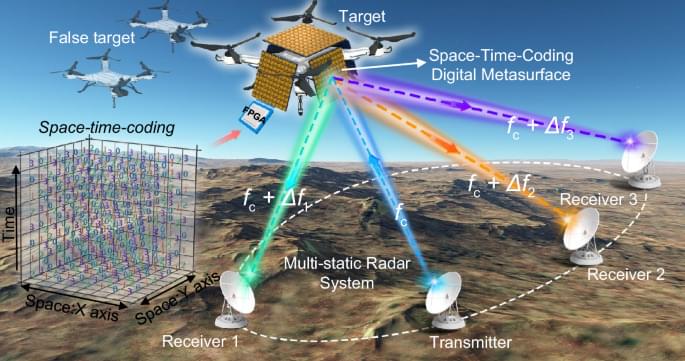
In advanced multi-static radar (MSR), multidimensional information from target echo signals is collected by different receivers to enable precise localization using various algorithms. Owing to its efficient target localization and tracking capability, MSR has found wide applications in sensing, military operations, aviation, and aerospace. Multi-static nature of MSR also makes it difficult to counter. Here, we propose an anti-radar methodology based on space-time-coding metasurface (STCM) to counter MSR. By designing the physical characteristics of STCM and developing adaptive and robust electronic countermeasure (ECM) control strategies, we realize a cost-effective, miniaturized and low-complexity ECM system with the flexible controlling capabilities. Under non-cooperative and dynamic ECM scenarios, the proposed method shows exceptional concealment and deception performance. To validate the methodology, we develop a prototype of the STCM-based anti-MSR system and successfully demonstrate its ability to neutralize various MSR technologies. The proposed method is expected to find practical applications in the anti-MSR scenarios.
This study proposes an anti-radar methodology based on space-time-coding metasurface to counter multi-static radar, which enables a cost-effective, miniaturized, and low complexity electronic countermeasure system.

Imagine trying to make an accurate three-dimensional model of a building using only pictures taken from different angles—but you’re not sure where or how far away all the cameras were. Our big human brains can fill in a lot of those details, but computers have a much harder time doing so.
This scenario is a well-known problem in computer vision and robot navigation systems. Robots, for instance, must take in lots of 2D information and make 3D point clouds —collections of data points in 3D space—in order to interpret a scene. But the mathematics involved in this process is challenging and error-prone, with many ways for the computer to incorrectly estimate distances. It’s also slow, because it forces the computer to create its 3D point cloud bit by bit.
Computer scientists at the Harvard John A. Paulson School of Engineering and Applied Sciences (SEAS) think they have a better method: A breakthrough algorithm that lets computers reconstruct high-quality 3D scenes from 2D images much more quickly than existing methods.
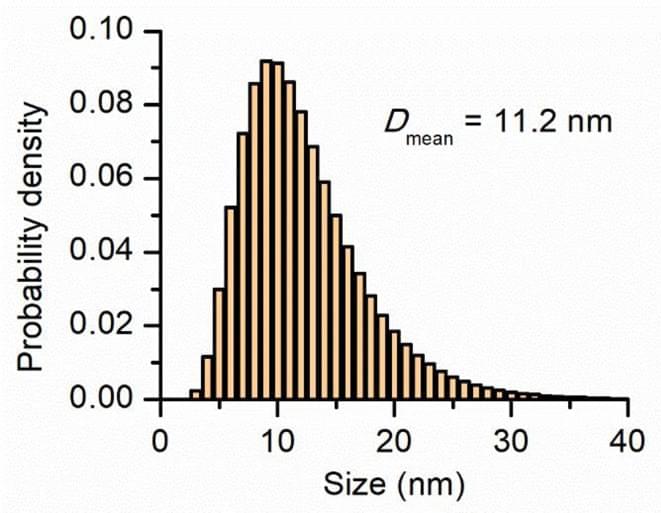
The development of wearable electronics and the current era of big data requires the sustainable power supply of numerous distributed sensors. In this paper, we designed and experimentally studied an energy harvester based on ferrofluid sloshing. The harvester contains a horizontally positioned cylindrical vial, half-filled with a ferrofluid exposed to a magnetic field. The vial is excited by a laboratory shaker and the induced voltage in a nearby coil is measured under increasing and decreasing shaking rates. Five ferrofluid samples are involved in the study, yielding the dependence of the electromotive force on the ferrofluid magnetization of saturation. The energy harvesting by ferrofluid sloshing is investigated in various magnetic field configurations. It is found that the most effective magnetic field configuration for the energy harvesting is characterized by the field intensity perpendicular to the axis of the vial motion and gravity. The harvested electric power linearly increases with the ferrofluid magnetization of saturation. The electromotive force generated by each ferrofluid is found identical for measurements in acceleration and deceleration mode. A significant reduction in the induced voltage is observed in a stronger magnetic field. The magneto-viscous effect and partial immobilization of the ferrofluid in the stronger magnetic field is considered. The magneto-viscous effect is documented by a supplementing experiment. The results extend knowledge on energy harvesting by ferrofluid sloshing and may pave the way to applications of ferrofluid energy harvesters for mechanical excitations with changing directions in regard to the magnetic field induction.
Rajnak, M., Kurimsky, J., Paulovicova, K. et al. Vibration energy harvesting by ferrofluids in external magnetic fields. Sci Rep 15, 26,701 (2025). https://doi.org/10.1038/s41598-025-12490-w.
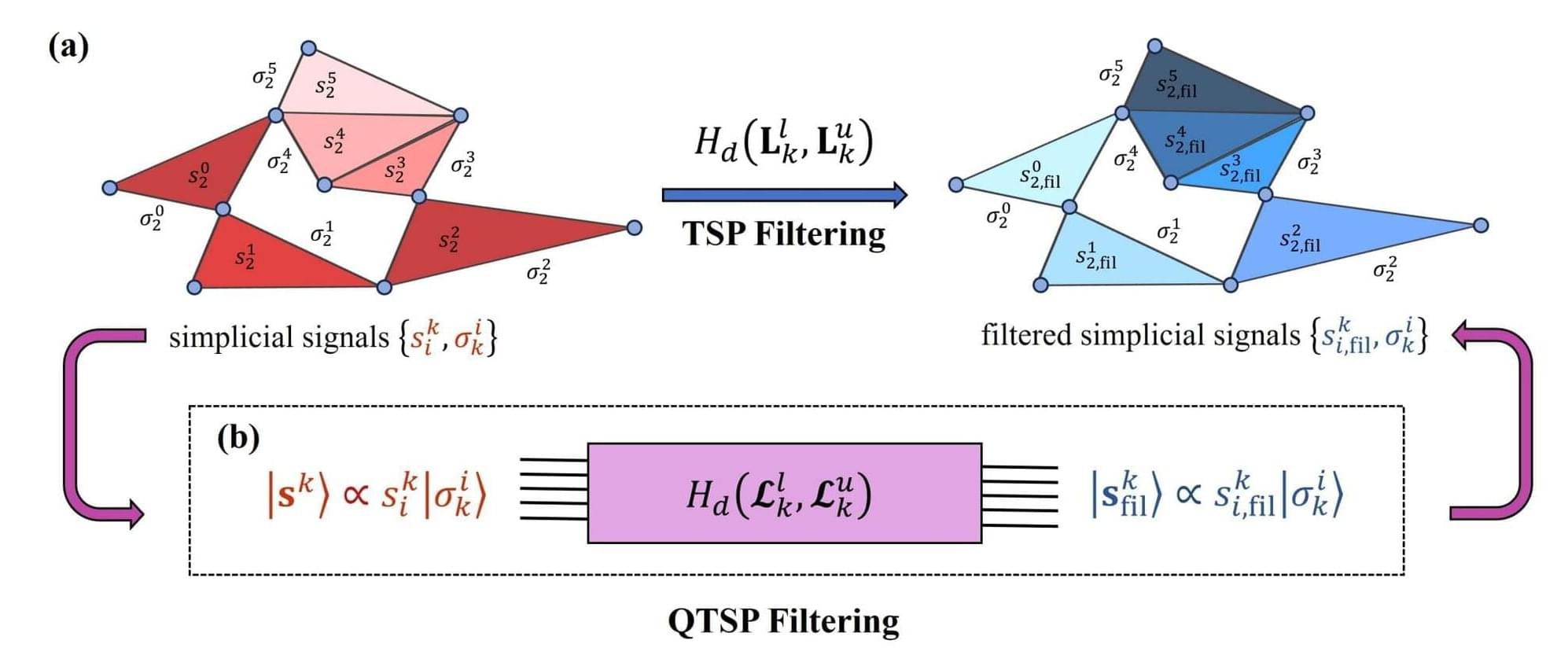
Whenever we mull over what film to watch on Netflix, or deliberate between different products on an e-commerce platform, the gears of recommendation algorithms spin under the hood. These systems sort through sprawling datasets to deliver personalized suggestions. However, as data becomes richer and more interconnected, today’s algorithms struggle to keep pace with capturing relationships that span more than just pairs, such as group ratings, cross-category tags, or interactions shaped by time and context.
A team of researchers led by Professor Kavan Modi from the Singapore University of Technology and Design (SUTD) has taken a conceptual leap into this complexity by developing a new quantum framework for analyzing higher-order network data.
Their work centers on a mathematical field called topological signal processing (TSP), which encodes more than connections between pairs of points but also among triplets, quadruplets, and beyond. Here, “signals” are information that lives on higher-dimensional shapes (triangles or tetrahedra) embedded in a network.
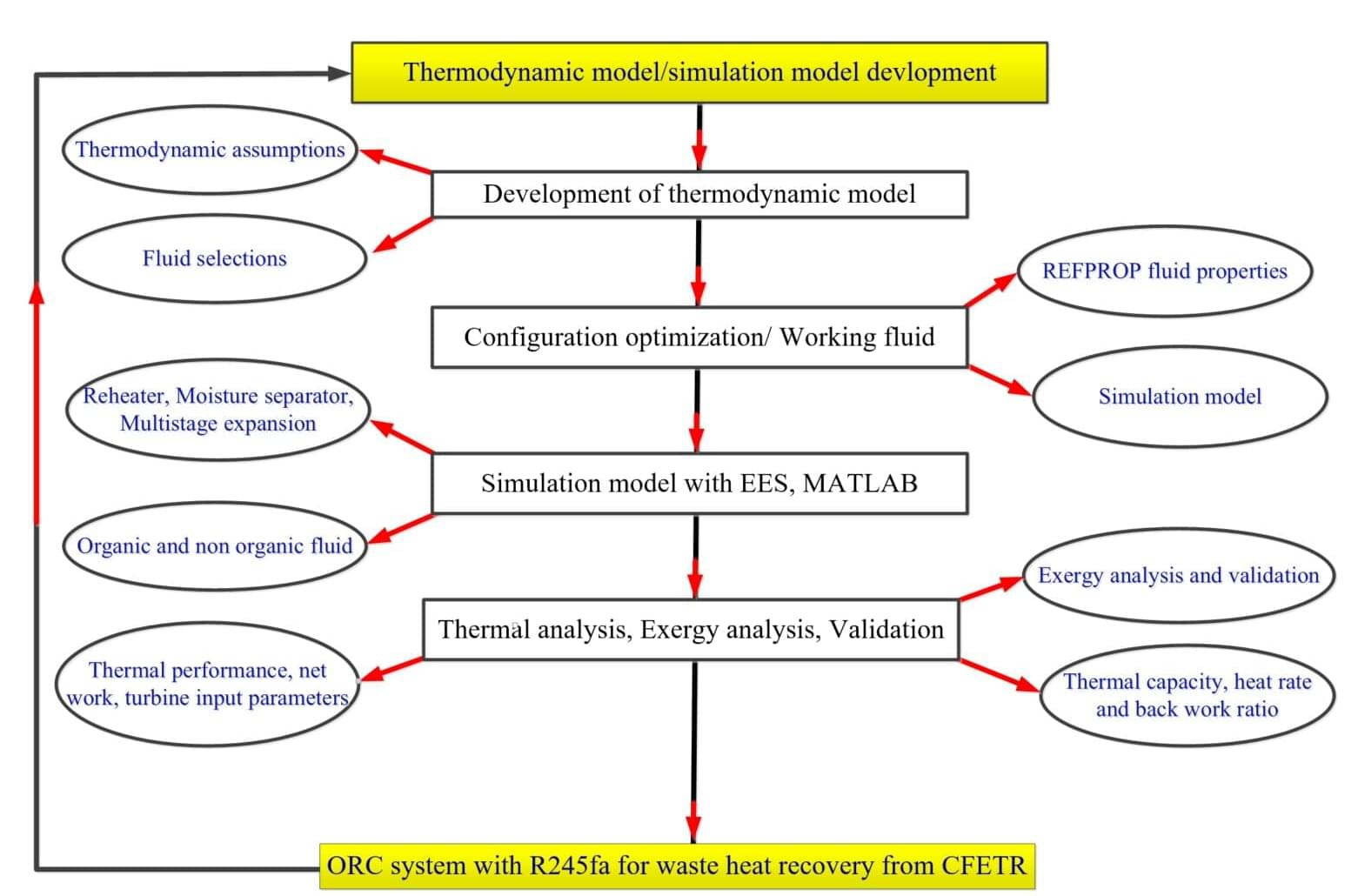
A research team led by Prof. Guo Bin from the Hefei Institutes of Physical Science of the Chinese Academy of Sciences has designed and optimized an organic Rankine cycle (ORC) system specifically for recovering low-grade waste heat from the steady-state Chinese Fusion Engineering Testing Reactor (CFETR) based on organic fluid R245fa, achieving enhanced thermal efficiency and reduced heat loss.
CFETR, a steady-state magnetic fusion reactor, is a crucial step toward realizing commercial fusion energy. However, managing the large amount of low-grade waste heat produced by components such as the divertor and blanket remains a key challenge.
To solve the thermodynamic and heat integration issues, the researchers developed advanced simulation models using Engineering Equation Solver for cycle analysis and MATLAB-based LAMP modeling for dynamic system configuration. These tools enabled a comprehensive investigation and optimization of the ORC configuration, leading to significantly improved thermal performance.

MIT researchers designed a computationally efficient algorithm for machine learning with symmetric data that also requires fewer data for training than conventional approaches. Their work could inform the design of faster, more accurate machine-learning models for tasks like discovering new drugs or identifying astronomical phenomena.

As e-commerce platforms grow ever more reliant on cloud computing, efficiency and sustainability have come to the fore as urgent pressures on development. A study published in the International Journal of Reasoning-based Intelligent Systems has introduced an innovative approach to the problem based on a slime mold algorithm (SMA). The work could improve both performance and energy efficiency for e-commerce systems.
At the core of the work is the development of BOSMA—the Balanced Optimization Slime Mold Algorithm. The SMA is a heuristic optimization technique inspired by the natural behavior of slime molds.
Slime molds are useful models for algorithms because they excel at finding efficient paths through complex environments and adapting to changing conditions. Moreover, they do so without any central control system. They can explore their surroundings by sending out multiple tendrils, pseudopodia, in different directions, adjusting their shape and connections in response to feedback such as nutrient availability or obstacles.

Exploring the BTZ black hole in (2+1)-dimensional gravity took me down a fascinating rabbit hole, connecting ideas I never expected—like black holes and topological phases in quantum matter! When I swapped the roles of space and time in the equations (it felt like turning my map upside down when I was lost in a new city), I discovered an interior version of the solution existing alongside the familiar exterior, each with its own thermofield double state.